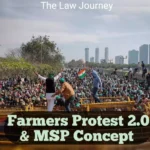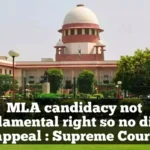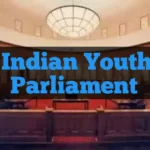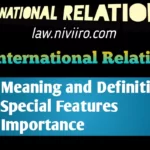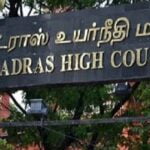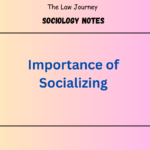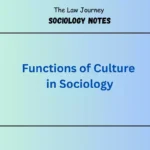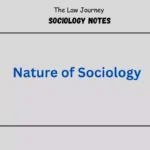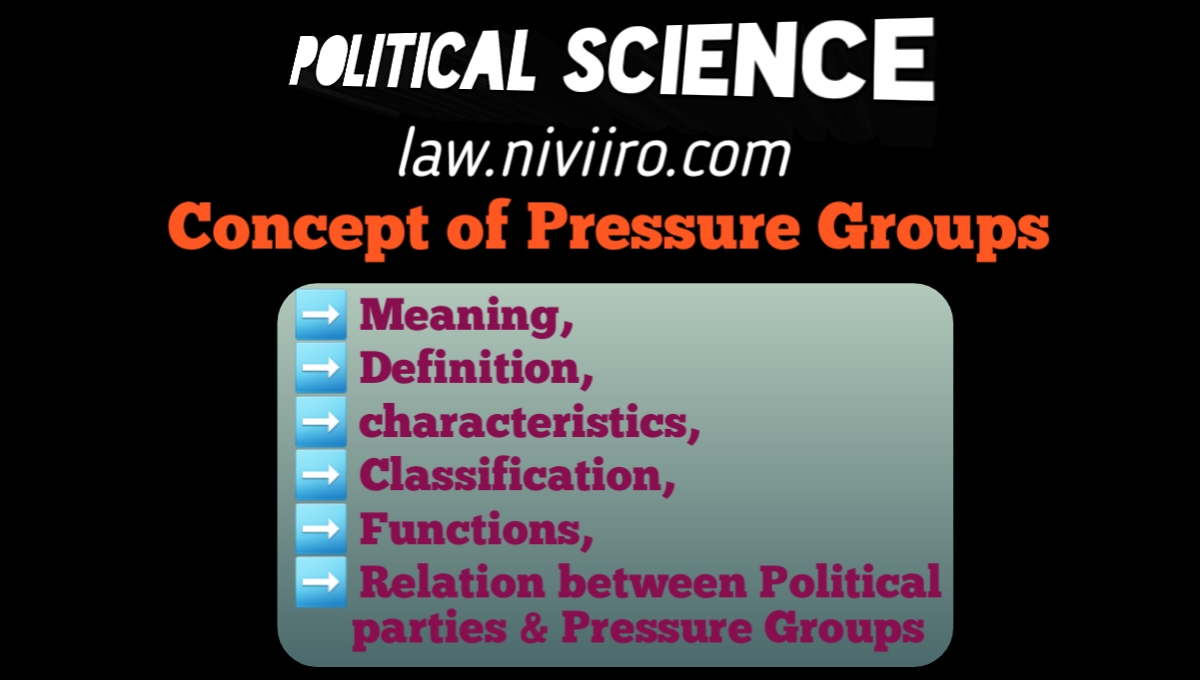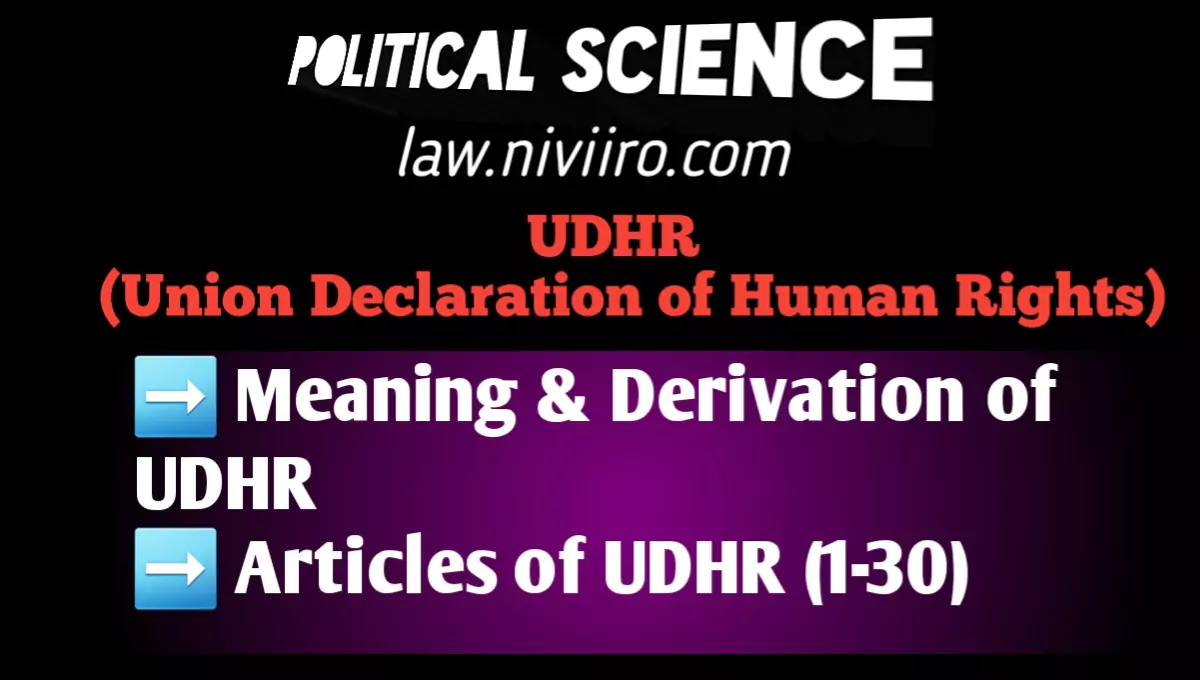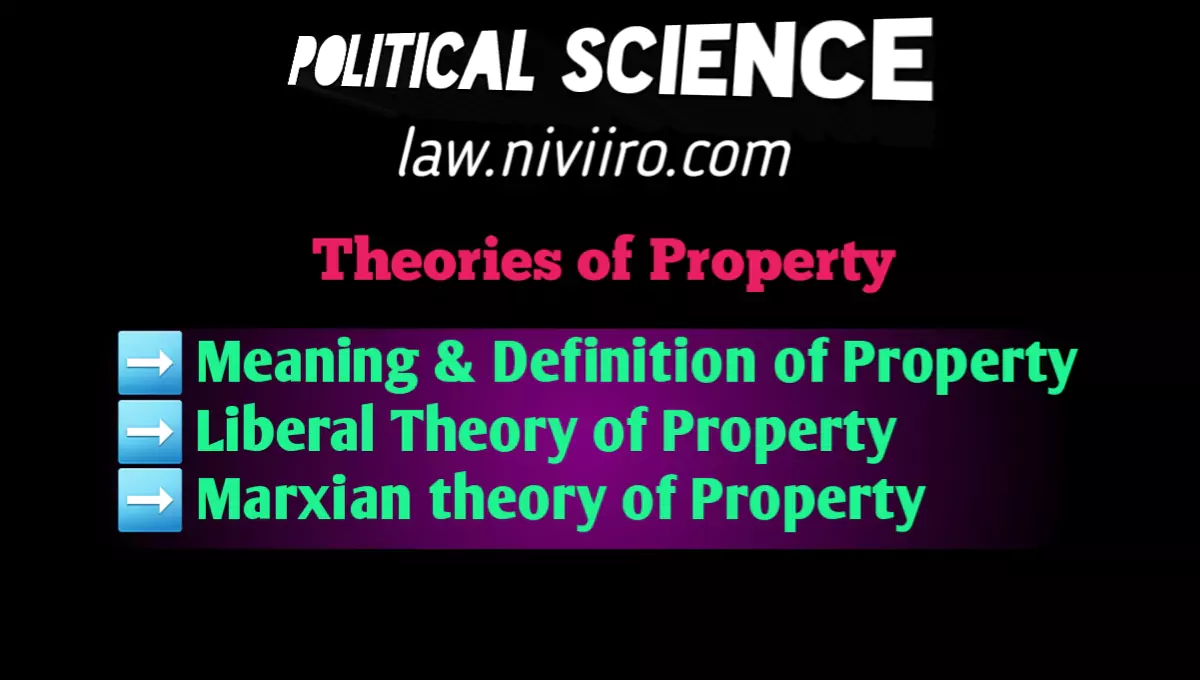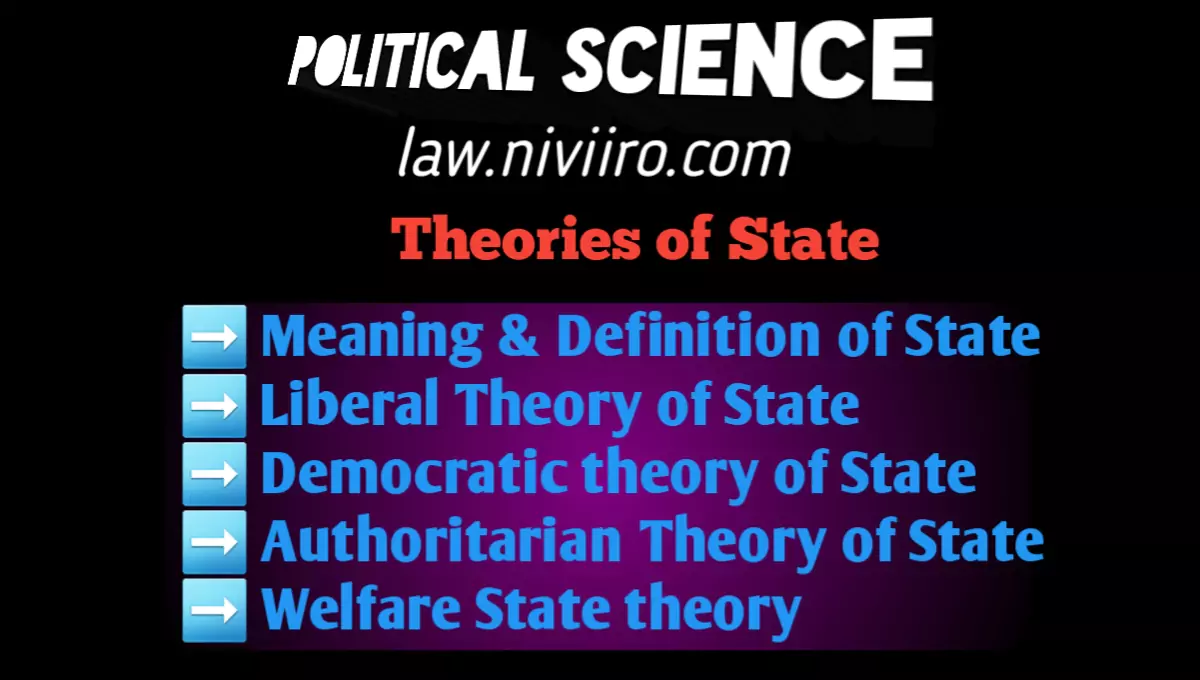The study of interest groups and pressure groups has now become an essential component of politics. Because the roles of people in politics are strongly influenced, if not determined, by their groups, the process or behavioural view of politics has made it necessary for political scientists to analyse political process as a process of group interactions.
Human political behaviour can be studied as a study of group behaviour in society, and for the fulfilment of his needs and the protection of his interests, he always organises and acts through groups. This is the basis of the Group Theory of Politics. The study of pressure groups is given significant prominence in contemporary political studies.
Meaning and Definition of Pressure Groups
In simple terms pressure group is an organised association of some People for securing their mutual common interests by pressurising the overmmental policies for this purpose.
Some of the popular definitions of Pressure groups are as under:
- V.O. Key offers a very simple and compact definition of Pressure group. He defines these in a restricted sense as “private associations formed to influence public policy.”
- Ireish and Pratho observe, “Pressure group is an organised attempt to influence governmental policy decisions without officially entering into election contests.”
- According to Odegard, “It is formal organisation of people who share one or more common aims or concerns and who are trying to influence the course of events, in particular the formation and administration of public policy by government so as to protect and promote their interests.
- H. Zeigler defines Pressure group as “An organised aggregate which seeks to influence the context of governmental decision without attempting to place its members in formal governmental capacities.
- In the words of Alfred de Grazia, “The pressure group is simply any organised social group that seeks to influence the behaviour of political officers without seeking formal control of the government.”
- According to Myron Weiner, “By Interest or pressure groups we can mean any voluntary organised group, outside the government structure, which attempts to influence the nomination or appointment of government personnel, the adoption of public policy, its administration and adjudication.”
Features or Characteristics of Pressure Groups
1. Omnipresent
Pressure groups play a role in all political societies. They can be found in all levels of government. They work clandestine in autocratic regimes. There are various forms of pressure groups that work openly in democracies.
2. Formally or informally organized
These are formal or informal organisations of people who have one or more similar interests and are committed to securing those interests through group activities. They can be properly structured as a registered association or trust. They can, however, also operate unofficially. According to Myron Weiner, these are voluntarily organised groups operating outside of the government system.
3. Applying constitutional and non-constitutional means
When they act in accordance with the law or the constitution, their actions are considered constitutional. However, they sometimes utilise unconstitutional measures such as threats, coercion, bribery, and blackmail.
4. Specific Interest
The formation of a pressure group is based on a specific interest. Individuals with a common interest band together to fight for the protection and advancement of their interests, much like birds of a feather flock together. Because a pressure group is organised around a certain interest or collection of interests, it claims to represent “not only those who are actually members of but also those who are potentially members of it, by virtue of some mmon interests which they share with the groupings,” according to Millar. Pressure groups represent “Interests and not individuals”
5. Unspecified Tenure
A pressure group may be permanent or temporary in nature. When their goal is achieved, they vanish.
6. Non-partisan Character
Pressure groups are fundamentally non-partisan. They are merely indirectly involved in the political process. They do not compete for power, but they do try to affect the outcome of that competition. In other words, they participate in politics to protect their interests rather than to gain political power. As Eckstein has observed, “it (pressure group) constitutes an intermediate level of action, between the political and a political.” Dr. J.C. Johari describes such a role of Pressure groups as “hide and seek in politics.”
7. Exclusive or overlapping membership
A person can be a member of several pressure groups, including cultural, educational, professional, economic, and religious organisations.
8. Mutual Cooperation and Pressure Techniques
Pressure groups attempt to achieve their objectives through the collaborative efforts of their members. They strive to maintain and foster collaboration among their members in order to protect their interests. They lobbie legislators, ministers, administrators, public workers, judges, and the press in order to positively influence their policies, decisions, and activities. Pressure groups are also constantly ready to utilise pressure techniques such as strikes, bandhs, gheraos, demonstrations, and other forms of direct action to protect their interests. They recognise pressure tactics as valid means of protecting their interests.
Classification of Pressure Groups
Pressure groups can be classified on the basis of several criteria, such as, scope, group characteristies, influence, means, intensity, membership, relation with politics, tenure ete.
Many scholars prefer to classify these in terms of their functions. Since the primary basis of pressure groups is interest of the members: such scholars advocate that these can be classified as under Economic pressure groups, Business pressure groups, Agrieultural pressure groups, Professionat pressure groups, Religious pressure groups etc.
Pressure groups can be broadly classified into two ;
1. Traditional classification
2. Modern classification
Traditional Classification of Pressure Groups
According to traditional concept of Political Seience pressure groups can be classified into five basis:
(i) Geographic classification – Pressure groups are classified according to their operational areas, such as local or national.
(ii) Natural and enacted pressure groups-When groups arise organically on their own, they are referred to as natural pressure groups, such as religious organisations. Enacted groups are formed by human efforts to achieve a certain goal, such as a trade union or a chamber of commerce.
(iii) Interest-specific classification-Pressure groups can be categorised into Promotional pressure groups and Sectional pressure groups based on their aim or goal. When the goal of a pressure organisation is to accomplish or protect public welfare, it is referred to as a promotional pressure group, such as a women’s welfare association. Sectional pressure groups exist when the goal of a pressure group is to achieve or protect its own specific interest, such as a labour association or a trade union.
(iv) Organisation specific classficiation—On the basis of organisation the pressure groups can be classified as organised and unorganised pressure groups. An organised pressure group is one that has its own organisation, constitution, and operating procedure. When groups lack these characteristics, they are referred to as unorganised pressure groups.
(v) Short term and Long term pressure groups–The groups which are formed for a short tenure after attaining specific aim and disappear are called short term pressure groups. The groups which live for a longer period are called long term pressure groups.
Modern Classification of Pressure Groups
Many scholars of contemporary Political Scrence have given various classification of political science from which two classification are important.
They are:
(i) Classification by Blondel
ii) Classification by Almond
Classification by Blondel
Jean Blondel has sought to classify pressure groups on the basis of the factors which influence their formation
These can be divided into:
(a) Communal groups
(b) Associational groups.
Communal Groups
The interest groups organised to express paiterns of relationship are called communal groups. They are organised bodies in which members are linked together by the relationship itself. Communal pressure groups can be further classified into two sub-parts:
(i) Customary pressure groups, (ii) Institutional pressure groups.
When the groups are formed on the basis of traditions, customs. blood-relations ete. they are called customary pressure groups such as religious pressure groups, groups based on caste etc. But when members are linked together by the relationship itself while working in an institution they form groups called institutional group-e.g. Army welfare council, Employees welfare association.
Associational Groups
When the groups are formed on the basis of specific interest or goal they are called associational groups. They are further divided into two:
(i) Protective groups are formed in defence of certain sectional interests. e.g. labour unions, chambers of commerce etc.
(ii) Promotional groups are such groups as come into existence to response and express a particular cause or policy etc. e.g. Citizens for Democracy, Women Liberation Organisation, Old People Welfare Association, Human Rights Association etc.
While analysing the nature of these two categories S.R. Maheswari observes; “A protective group represents a particular section of the people, whereas a promotional group draws membership from a large cross section of the population. The former is more enduring and more influential than the latter.”
Classification by Almond
Almond refers to four types of Pressure groups:
(a) Associational Pressure Groups
There are associational groups that are formally organised to represent the interests of specific individuals while also reaping the benefits that such associations provide in dealing with other political structures, such as trade unions, student organisations, farmers forums, women’s leagues, and so on.
(b) Anomic Groups
Anomic groups arise in the form of spontaneous uprisings such as demonstrations, processions, marches, riots, and so on. For example, protests, gheroas, violent groups, rashes, and so on.
(c) Institutional Pressure Groups
There are institutional groups (such as government agencies) that exist to execute functions and keep the governmental process running, such as political party groups, legislatures, service organisations, and so on.
(d) Political pressure groups, economic pressure groups, communal pressure groups, regional pressure groups, linguistic pressure groups, ideological pressure groups, and so on are examples of pressure groups.
(e) Non-Associational Pressure Groups
There are non-associational pressure groupings based on class, kinship, religion, or other traditional traits with formal or intermittent communication basis, such as caste, religion, race, or language based groups.
Functions and Role of Pressure Groups
Each pressure group is organised for securing and promoting the accepted common interest or interests of its members. For performing this function each group has to act, react and perform several functions. The role and functions of pressure groups are :
1. Pressure Group Functions as Agents of Political Socialization, Political Participation, Political Communication, and Recruitment
Pressure groups are sociological and psychological variables in the political system. Members of various groups engage in political involvement through participating in group activities and affecting the nature of the political process. The training that group members receive as office bearers or active members prepares and motivates them to take on political positions. Pressure organisations execute the function of political recruiting in this manner.
2. The Role of Pressure Organizations in Political Party Activities
In a political system, there is a continual process of interaction between political parties and pressure groups. The latter are always working to influence the policies and activities of a political party or parties in order to secure their interests.
3. Pressure groups and Legislation
Pressure groups play a crucial part in the legislative process, not only as important institutions of interest articulation, but also as active agencies engaged in lobbying legislatures for desired laws or revisions to government laws and policies.
4. Pressure group functions as interest articulation structures
The first phase in the political process is for the public to make demands on political decision makers. They accomplish this through their groups. People’s claims are brought to the attention of decision-makers by groups. Interest articulation refers to the process by which people’s claims get crystallised and expressed. In a variety of methods, pressure groups play an important part in this process.
5. Pressure groups and adjudication
Pressure groups attempt to secure and safeguard their interests through the judicial system. Because the judiciary is the custodian of the people’s rights and liberties in a democratic system, pressure groups frequently seek access to the court to redress their grievances against the government as well as to have a certain decision or policy declared illegal.
6. Role of Pressure Groups in Elections
By definition, pressure groups are nonpartisan. They play an important influence in elections in an indirect way. These organisations attempt to influence the selection of candidates by political parties. Following elections, pressure organisations attempt to sway the choice of minister from among the elected members. As a result, each pressure organisation attempts to influence election outcomes without becoming directly involved in the election process or electoral politics. During the election, these engage in a game of hide and seek.
7. Pressure groups and Administration
Pressure groups are actively involved in the administrative process. It is common knowledge that organised groups, unions, and trade unions of civil officials play a significant role. Pressure organisations are usually able to affect the policy implementation process through lobbying the bureaucracy. They have direct effect on the operations of the political executive as well as indirect influence through the legislative via protest movements. Lobbying, propaganda, and the use of mass media are all examples of pressure tactics. Attempt to influence policy-making, decision-making, and the enforcement of laws and rules on the side of the political executive.
8. Pressure groups and Public Opinion
Pressure groups like political parties play an important role in the formulation and moulding of public opinion.
This is done in three ways:
(i) Pressure groups use the strategy of argument to appeal to the minds of the people. They publish books, deliver speeches and hold press conferences.
(ii) They adopt the strategy of persuasion to arouse the feelings and emotions of the people in all such ways as can serve their interests.
(iii) Pressure groups adopt the strategy of publicity to call attention to their cause. For this purpose they use all communication channels, means of mass media and personal contacts with the people.
Relationship between Political Parties and Pressure Groups
The relationship between political parties and pressure groups can take different forms, as follows:
(i) Political party leaders may organise or lead pressure groups at times. In such cases, the political affiliations of the pressure organisations are made public.
(ii) A pressure group may only act as an extension of a political party; for example, a student organisation may act as an extension of a political party.
(iii) Movements can sometimes evolve into political parties. In Tamil Nadu, for example, the DMK and AIDMK evolved into a long-drawn social movement during the 1930s and 1940s.
(iv) At times, leadership of political parties comes from pressure groups. In short there are many direct and indirect ways of relationship between the pressure groups and the political parties.
Conclusion
Pressure groups are influential in the political process. Pressure groups are actively involved in politics from the first phase, political socialisation and interest articulation, to the ultimate implementation of policies and decisions. Analysing this important aspect of the pressure group activity, A.R. Ball observes, “Pressure groups are firmly part of the political process and they attempt to reinforce or change the direction of government policy, but do not wish, as political parties, to become the government. They range from large national employee organisations and trade unions to small and relatively weak local civic groups attempting to improve local amenities.”
Related Post
Meaning of Pressure Group ?
In simple terms pressure group is an organised association of some People for securing their mutual common interests by pressurising the overmmental policies for this purpose.
Define Pressure Group ?
V.O. Key offers a very simple and compact definition of Pressure group. He defines these in a restricted sense as “private associations formed to influence public policy.”
Ireish and Pratho observe, “Pressure group is an organised attempt to influence governmental policy decisions without officially entering into election contests.”
What are the Features or Characteristics of Pressure Groups ?
1. Omnipresent
2. Formally or informally organized
3. Applying constitutional and non-constitutional means
4. Specific Interest
5. Unspecified Tenure
6. Non-partisan Character etc.
References
- R.C. Agarwal, Political Theory
- Prof. H.C. Verma, Modern Political Theory
- M.P. Jain, Political Theory liberal and Marxiam
- Foundations of Political Science, Dr. Sunita Gangwal
- Prof. S.L. Verma, Modern Political Theory
- J.C. Johari, Political Science
- V.D. Mahajan, Political Theory


